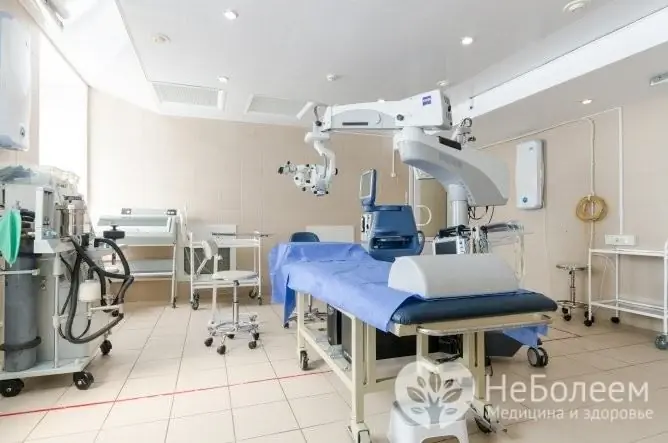- Author Rachel Wainwright [email protected].
- Public 2023-12-15 07:39.
- Last modified 2025-11-02 20:14.
Prevention of glaucoma
Glaucoma is a group of eye diseases, the specific signs of which are a constant or undulating increase in intraocular pressure (IOP) above the norm for a given person.
As the disease progresses, glaucoma can be accompanied by symptoms of narrowing of the visual fields, decreased visual function, and in severe cases, signs of optic nerve atrophy. However, often at the initial stages, glaucoma is not accompanied by a vivid clinical picture and can proceed in an erased and asymptomatic form. For this reason, timely prevention of glaucoma is especially important.

Risk factors for developing glaucoma
Having knowledge of what can lead to disease, a person at risk can competently modify their lifestyle and avoid the formation of a pathological condition, in this case, glaucoma.
So, the most important factors requiring close attention are:
- hereditary factor;
- trauma to the eyeball;
- iridocyclitis;
- severe forms of cataracts left without treatment;
- neoplasms in the eye;
- endocrine pathologies;
- elderly age.
The clinical picture of glaucoma
In the initial stages, the disease, as a rule, is not accompanied by any symptoms. As the progression progresses, glaucoma leads to loss of visual function, starting with peripheral vision, and can result in complete blindness due to optic nerve atrophy. However, these symptoms often go unnoticed because they are very nonspecific.
Preventive measures to prevent the development of glaucoma
Without waiting for the onset of symptoms of glaucoma, you can and should do the prevention of the disease. For this, first of all, it is necessary to minimize the following factors, which are the triggering mechanism for the onset of the disease:
- Treat eye conditions. If you have any ophthalmic diseases, see your doctor immediately. Before taking any medications on your own, even of herbal origin, be sure to consult with an ophthalmologist. This is especially true for cataracts, as well as injuries to the eye and surrounding areas.
- Give yourself some moderate exercise. Aerobic exercises are required: walking, jogging, swimming. If possible, try to exclude heavy lifting, as this leads to an increase in IOP.
- Follow your diet and daily routine. The diet should be balanced, high in fiber, low glycemic index, full of vitamins and minerals.
- Go for preventive examinations to an ophthalmologist. It should be remembered that the initial stages of glaucoma are not accompanied by a bright clinic and can only be detected by a doctor.
Preventive examination
It is carried out as part of an eye examination by ophthalmologists. Any ophthalmologist performs a series of standard tests to assess the changes in the eye that are characteristic of glaucoma, if any.
Glaucoma tests:
- IOP check by tonometry, any of the available options. The most primitive is palpation of the eyeballs, however, this method is losing its relevance, since in almost any clinic there are non-contact devices that measure intraocular pressure as accurately as possible;
- assessment of the main parameters of the optic nerve by ophthalmoscopy;
- assessment of the completeness of visual fields using perimetry;
- assessment of the thickness of the cornea using pachymetry;
- analysis of eye structures by means of gonioscopy;
- study of the thickness of nerve fibers.
Only after carrying out these tests, the doctor, if there are changes, will prescribe specific drugs or give a referral for surgical treatment.
Found a mistake in the text? Select it and press Ctrl + Enter.






